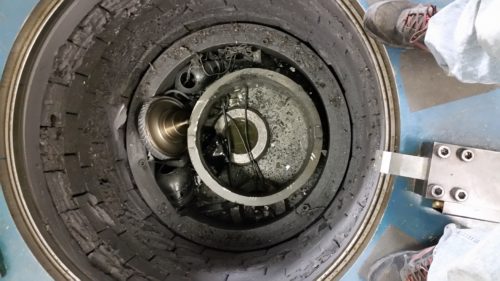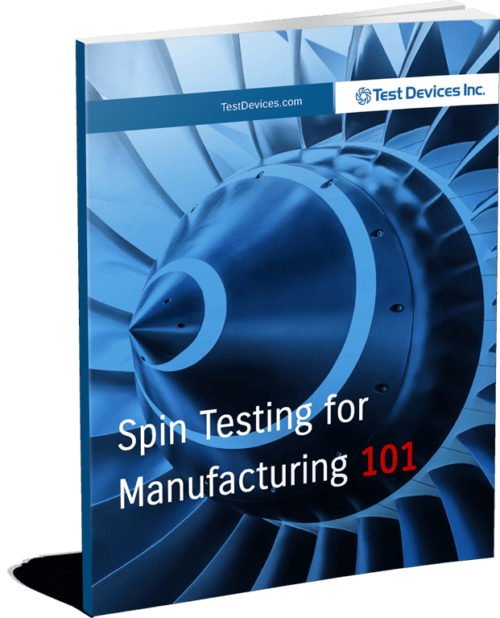Optical Strain Measurement Vs. Traditional Strain Gauging
In mechanical engineering, “strain” refers to the degree and the way a structure deforms under a load. An understanding of the strain behavior, combined with the knowledge of the failure mechanisms of structural materials, allows intricate yet robust designs of modern, high-performance aerospace machines, including rocket and jet engines.
High-speed rotors, such as jet engine parts, are subject to very high stress induced by centrifugal force. The need to lighten the parts to enhance the performance of the engine must be balanced with its durability and structural integrity. Engineers must, accurately and confidently, know the stress/strain state of the rotor to make the critical design decisions.
What Is Traditional Strain Measurement?
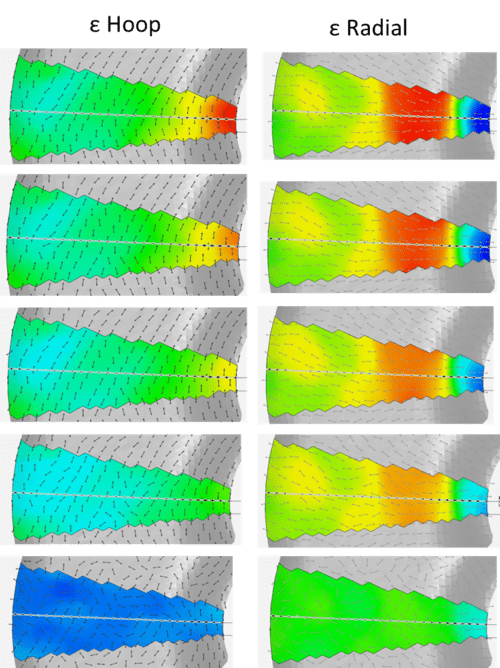
Further limitation of the strain gauges is that it is a point measurement and is blind to the behavior of the surrounding strain field behaviors. The readings from a gauge placed on a certain position of a test rotor must be interpreted accurately to perform a meaningful comparison against an FEA model.
Optical Strain Measurement Applications in the Aerospace Industry
Test Devices Inc. has been interested in a non-destructive test and manufacturing process – the Rotating Optical Strain System (ROSS) – for some time. The ROSS is a non-contact strain measurement system which eliminates limitations, is less costly and provides more complete data, possibly allowing the measurement at higher temperatures needed for fully understanding the engine parts.
The ROSS will unlock a wealth of new information for material and component designers. The data is valuable for validating (or refining) the numerical models used in designing jet engine parts and gas turbine rotating parts as well as understanding the details of the failure mechanisms limiting the performance of existing parts.
Combined with advanced spin testing capabilities, Test Devices provides a unique testing resource for civil and military jet engine/propulsion system developers. The ROSS can accelerate the development of advanced materials and manufacturing capabilities across the gas turbine industry. It can provide the most relevant data to reduce risks in currently active turbine engine development programs.
Learn More
Optical strain instruments have been on the market for years, commonly used to measure strain in static objects. But in recent years, they’ve been steadily rising in popularity as more and more industry professionals begin to use them to measure strain in high-speed spin tests.
To learn more about how these optical strain gauges can benefit your testing and production processes, reach out to the team at Test Devices today.

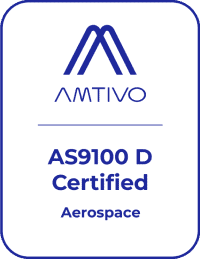

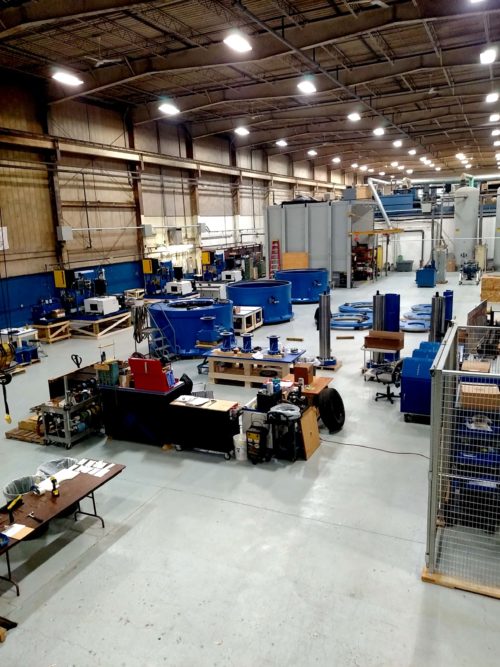 Shipping and receiving — To re-engineer the flow of parts coming into and out of our building, we relocated the shipping and receiving department to the front of the building to allow for expanded storage and handling areas along with additional cranes. In addition, the new area includes both plenty of space for trucks to back-in and an adjustable loading dock, allowing our forklifts to directly unload trailers. The relocation and improvements make unloading and loading operations significantly more efficient, contributing to reductions in turn-around time of customer parts.
Shipping and receiving — To re-engineer the flow of parts coming into and out of our building, we relocated the shipping and receiving department to the front of the building to allow for expanded storage and handling areas along with additional cranes. In addition, the new area includes both plenty of space for trucks to back-in and an adjustable loading dock, allowing our forklifts to directly unload trailers. The relocation and improvements make unloading and loading operations significantly more efficient, contributing to reductions in turn-around time of customer parts.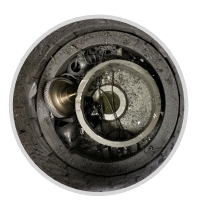
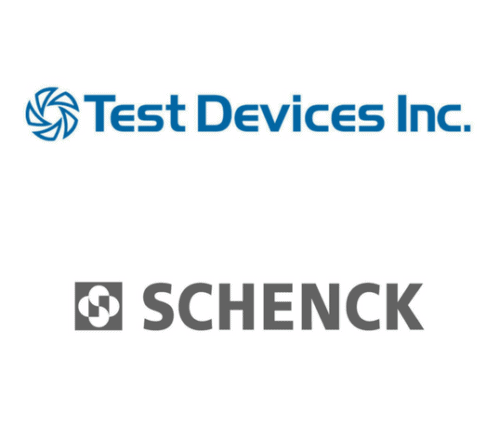 TDI offers unmatched performance and reliability in its advanced LCF test spin rigs. Featuring robust armor cylinders to ensure safety, a drive system with the rapid cycle time to expedite test schedules, and accurate cycle speed control system to hit cycle targets, the rigs have been continuously proven over Test Devices’ more than 40 years of testing experience.
TDI offers unmatched performance and reliability in its advanced LCF test spin rigs. Featuring robust armor cylinders to ensure safety, a drive system with the rapid cycle time to expedite test schedules, and accurate cycle speed control system to hit cycle targets, the rigs have been continuously proven over Test Devices’ more than 40 years of testing experience.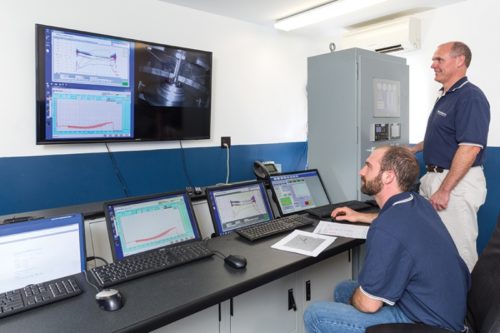 Not All Spin Tests Are Created Equal – Know the Risks
Not All Spin Tests Are Created Equal – Know the Risks